Start your own digital wallet system
Ready to use digital wallet platform that seamlessly manages your business with payments, promotions & much more.
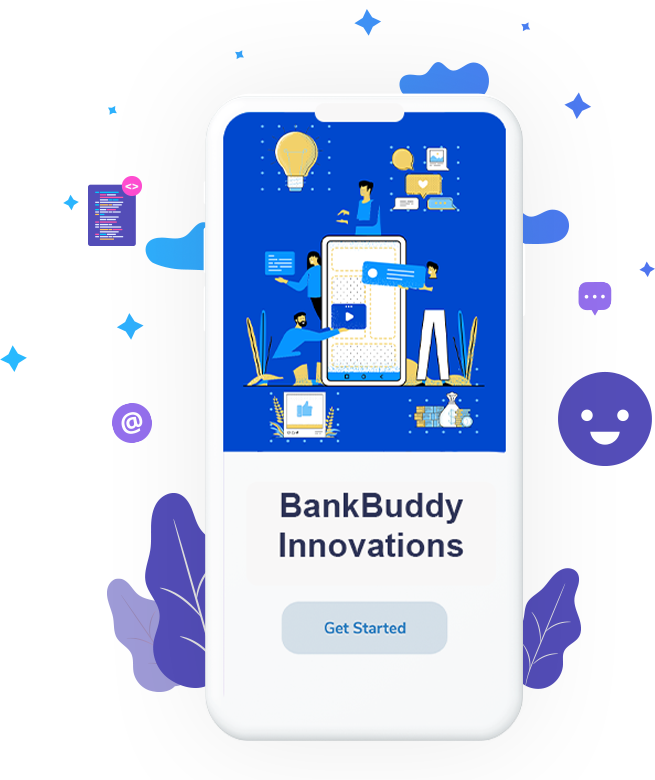
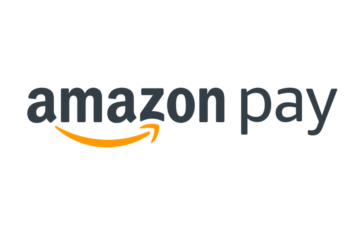
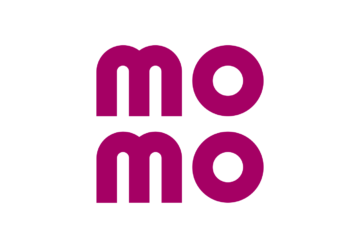
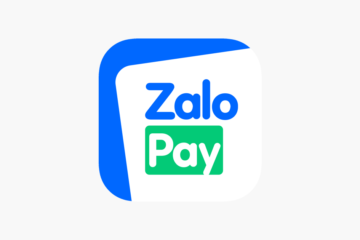
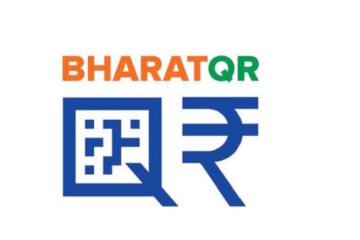

How QRPay typically works?
QR Pay, otherwise called QR code installment or QR-based versatile installment, alludes to an installment strategy that permits clients to make exchanges utilizing their cell phones or other cell phones to filter QR codes showed at the retail location (POS) or on the trader’s site.
With my QR Pay systems I offer an integration into mobile banking apps, digital wallets, or specific payment apps provided by banks or third-party companies.
Customer scans QR code
The customer uses their smartphone camera or a dedicated QR scanning app to scan the QR code presented by the merchant or on the payment terminal.
Payment processing
The installment application easily and safely moves the installment data to the installment processor, which checks the exchange and conveys.
Payment authorization
When the QR code is filtered, the installment application or advanced wallet prompts the client to affirm the exchange and enter their PIN, biometric information.
Transaction completion
Once the payment is authorized and processed, both the customer and the merchant receive a notification of the successful transaction.
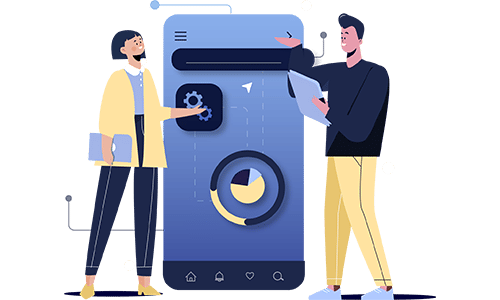
Revolutionizing Your Money Management
With me you can significantly enhance the quality, efficiency, and success of the app
The apps that offer a similar business model are
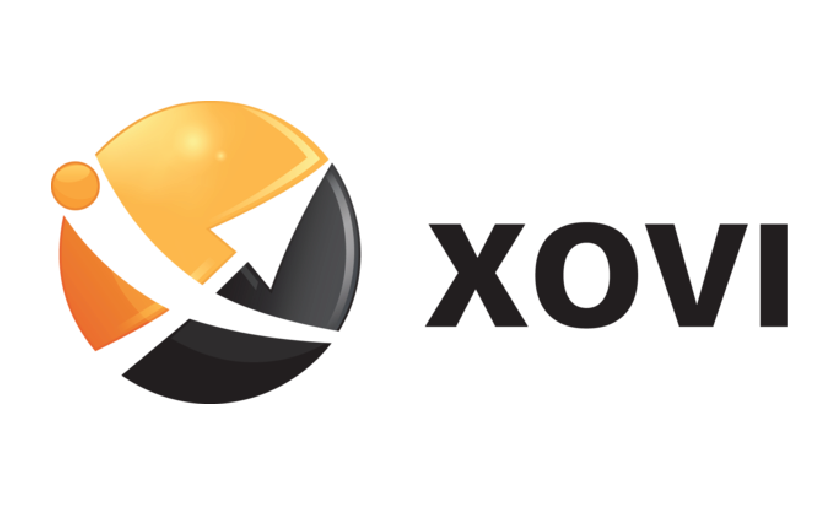
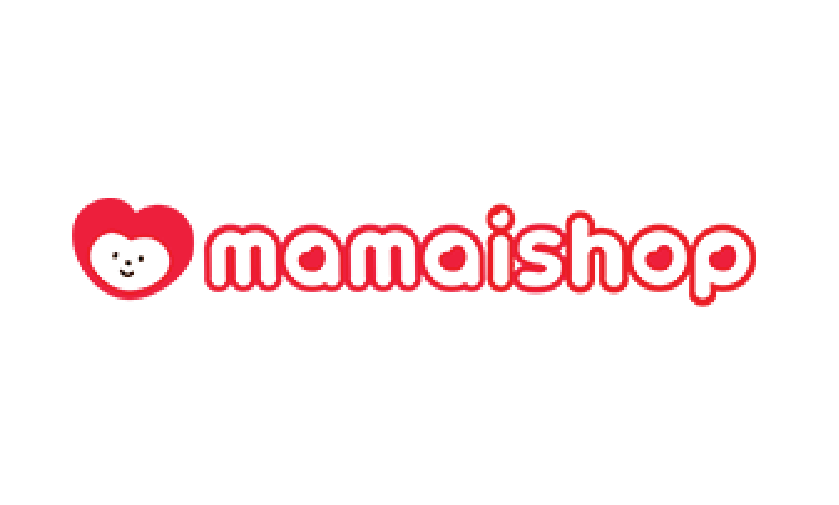

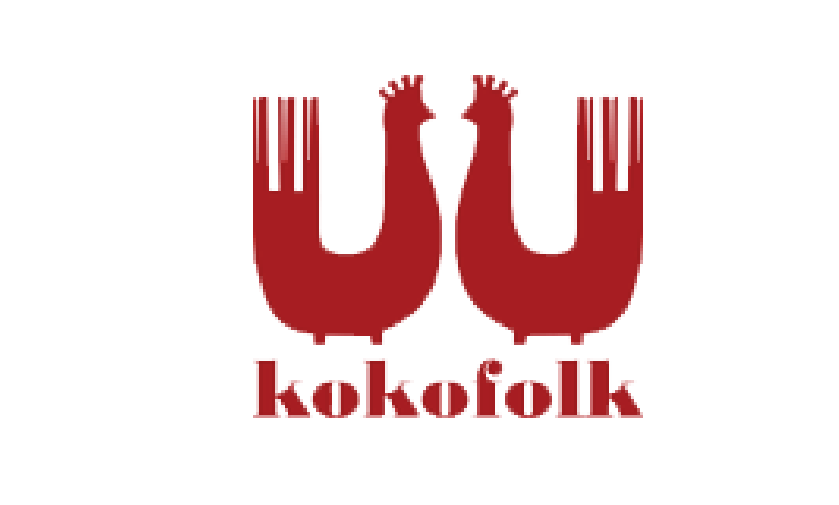

QR Pay has acquired fame because of its comfort, speed, and usability. It kills the requirement for actual charge cards, cash, or the manual contribution of installment subtleties. Besides, vendors track down it a savvy option in contrast to customary retail location frameworks. With me I can get everything rolling ahead with the administrations.

Frictionless, Embedded, Personalized, Secure QR Pay
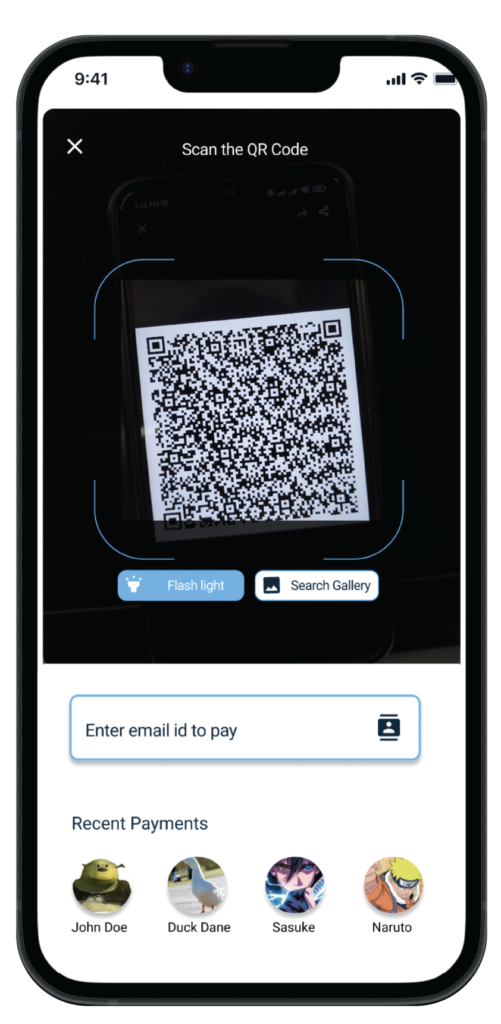
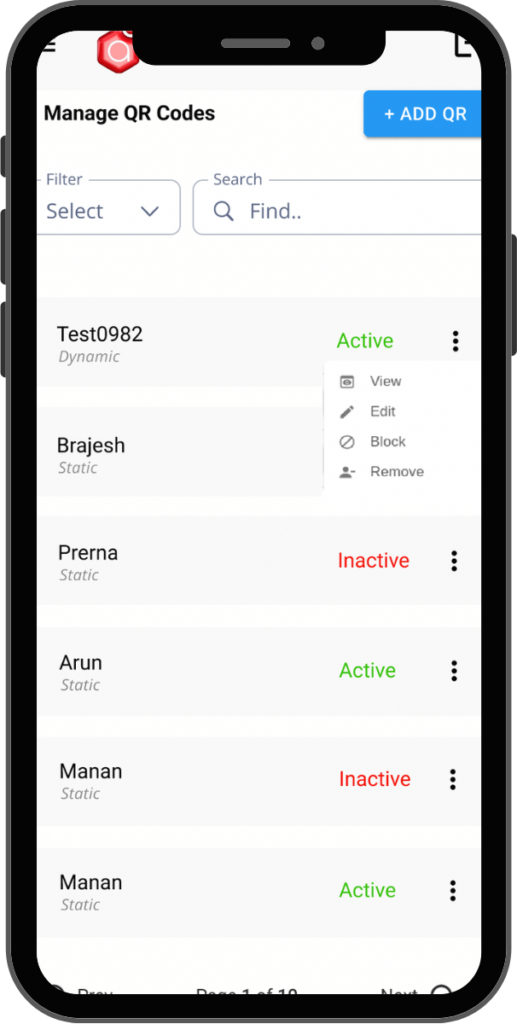

Revolutionize Payments with QRPay!
User features
The client elements of QR Pay might fluctuate relying upon the particular application or administration you are utilizing, yet here are some normal client highlights:
Payment Convenience
QR Pay permits clients to make installments utilizing their cell phones without the requirement for actual money or cards. Clients can just output a QR code showed at the dealer's retail location (POS) terminal or site to start the installment.
Mobile Wallet Integration
Various QR Pay structures are integrated with flexible wallets, allowing clients to associate their records, credit/charge cards, or store regard inside the wallet application. This enhances the portion collaboration as clients can directly pay from their adaptable wallets.
Transaction History
Clients can ordinarily see their exchange history inside the QR Pay application. This component gives experiences into their spending, making it simpler to follow expenses and oversee funds.
Peer-to-Peer (P2P) Payments
There are some QR pay applications accessible that even help P2P installments. This empower you to move the cash to companions, family and other destitute one's.
Bill Payments
As a client you will actually want to take care of any bills or installment of your's with QR pay. This will in general smooth out the general cycle.
Rewards and Cashback
Some QR Pay systems offer awards centers, cashback, or various inspirations to ask clients to make portions through their establishment.
Security
QR Pay systems often employ encryption and secure authentication methods to protect user data and prevent fraud. Additionally, some QR Pay apps require PINs, biometrics, or passwords for authorization, enhancing the security of transactions.
Merchant Offers and Discounts
Users may be able to pay bills for utilities, services, or subscriptions through the QR Pay app, streamlining the payment process for recurring expenses.
International Payments
Depending on the app and its capabilities, QR Pay might allow users to make cross-border payments, making it a convenient option for travelers or international transactions.
It’s critical to take note of that the elements referenced above are general patterns, and the particular functionalities of QR Pay applications can vary in light of the supplier, nation, and guidelines. Additionally, the scene of installment advances is ceaselessly developing, and more up to date elements might have arisen after my last update.
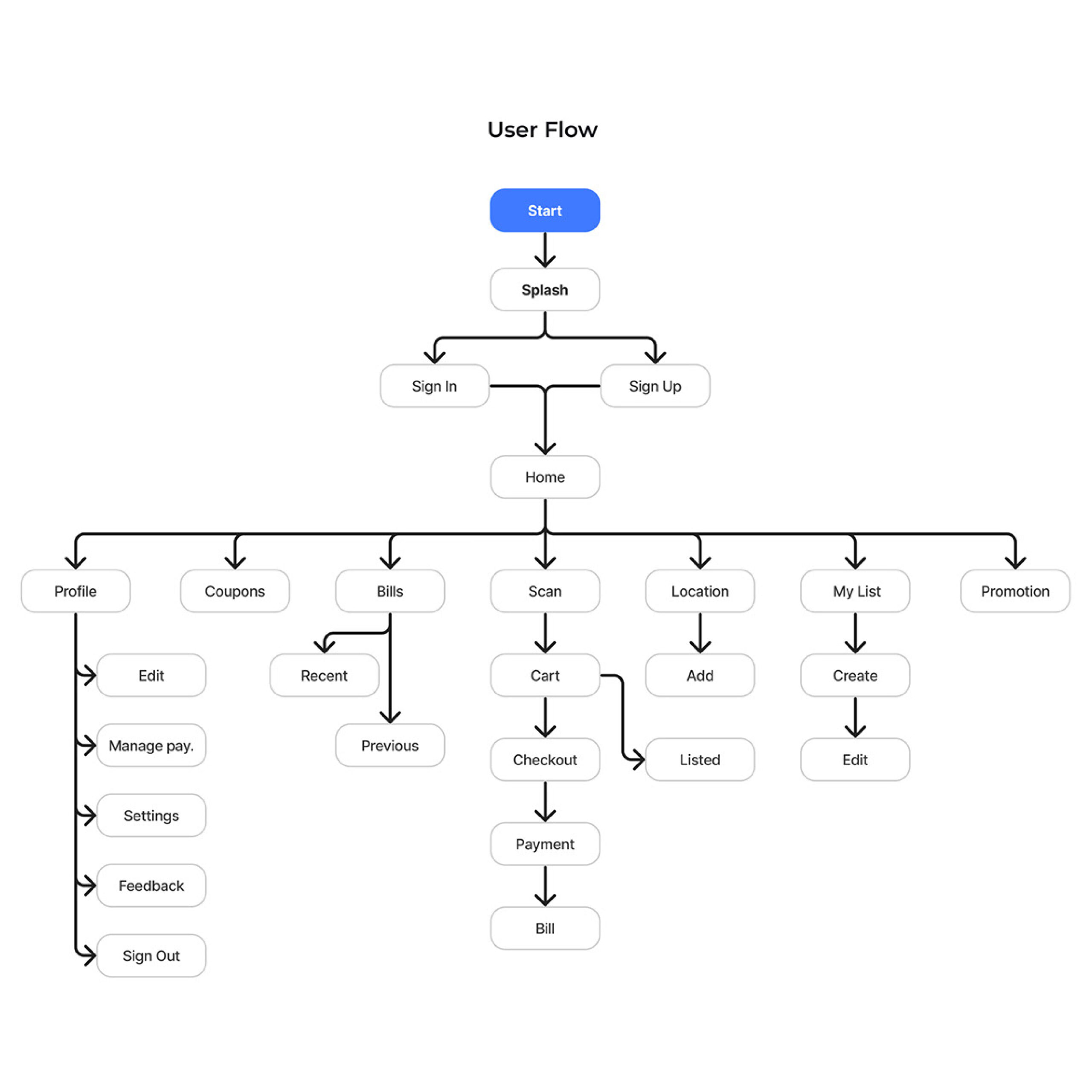
Merchant features
Merchant features of QR Pay refer to the functionalities and benefits that businesses and retailers can access when accepting payments through QR codes. These features can vary depending on the QR Pay service provider, but here are some common merchant features
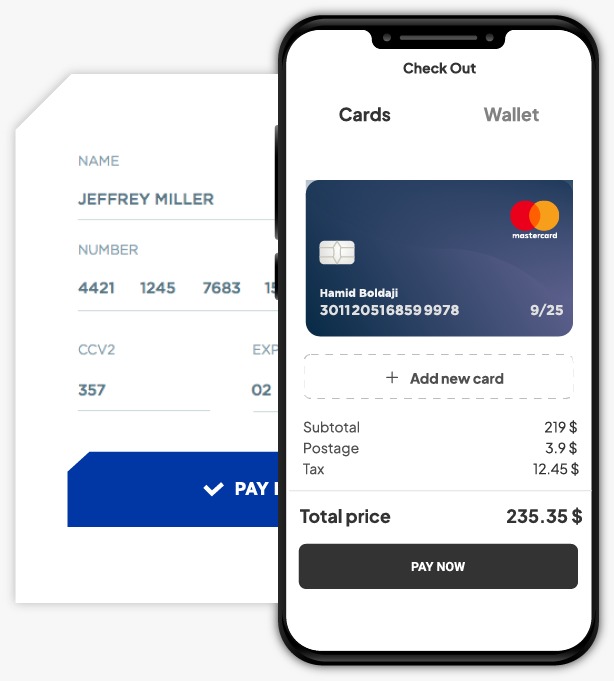
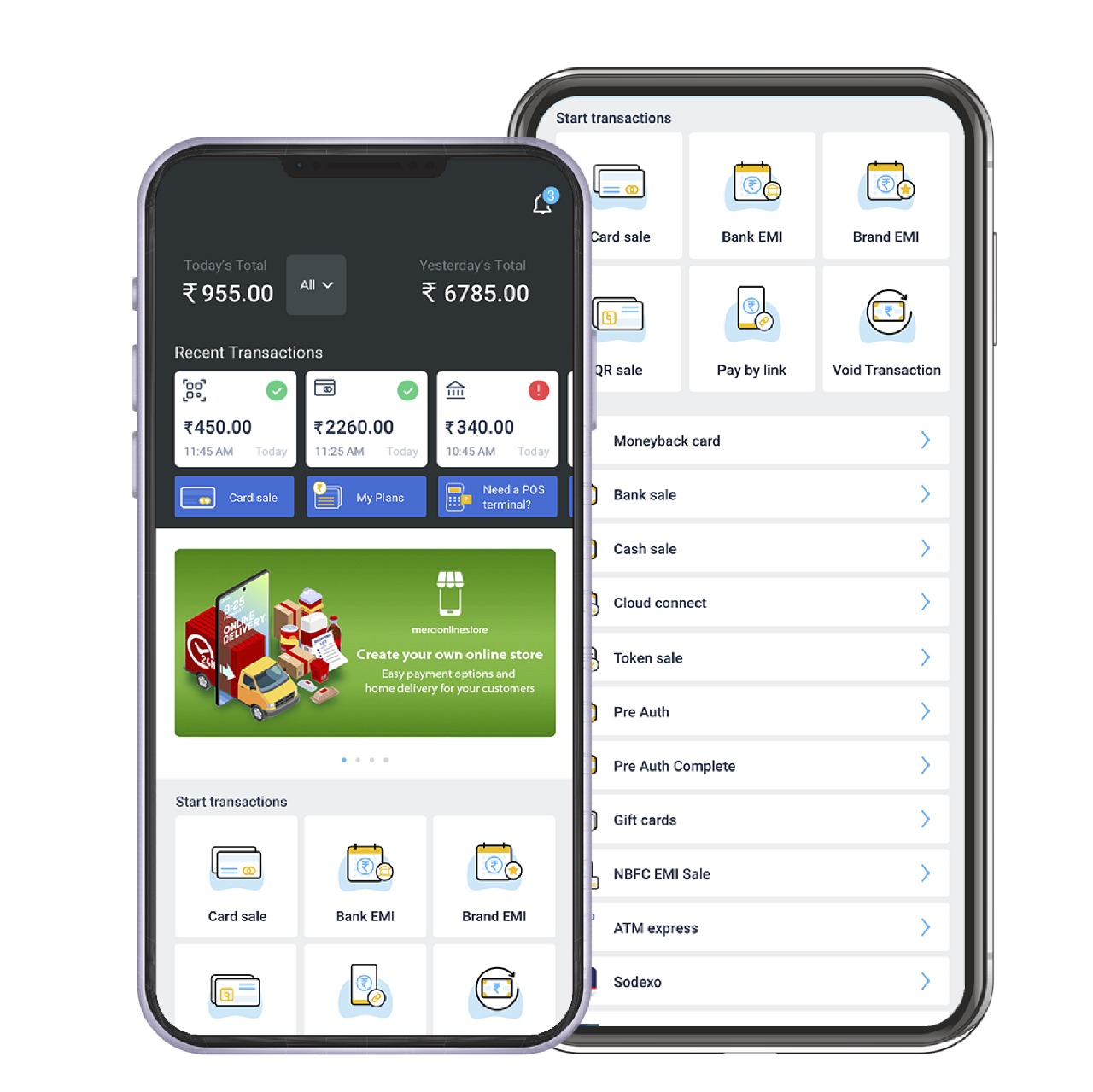
Easy Onboarding
QR Pay providers regularly offer a direct onboarding process for dealers, working on it to start enduring QR portions without broad strategies.
Quick and Contactless Payments
QR Pay enables merchants to recognize portions quickly and easily. Clients can simply clear the QR code displayed at the retail store using their PDAs, discarding the prerequisite for genuine cash or cards.
Low Transaction Fees
Some QR Pay providers offer competitive transaction fees compared to traditional payment methods, making it an attractive option for merchants, especially those with small and medium-sized businesses.
Security Measures
QR Pay benefits ordinarily execute hearty safety efforts to shield vendors from misrepresentation and unapproved exchanges. These may consolidate encryption, approval shows, and distortion recognizable proof systems.
Real-time Transaction Notifications
Merchants can receive real-time notifications on their smartphones or devices whenever a successful payment is made through QR Pay. This feature helps them track transactions and manage their cash flow more efficiently.
Transaction Analytics and Reporting
QR Pay applications frequently give dealers admittance to exchange information and investigation. This data can offer insights into sales patterns, popular products, and customer behavior, enabling better business decisions.
Integration with POS Systems
Many QR Pay services can integrate with existing Point-of-Sale (POS) systems, allowing merchants to seamlessly incorporate QR payments into their current payment processing infrastructure.
Customizable QR Codes
Merchants can often customize their QR codes, adding logos or branding elements to make them more visually appealing and recognizable to customers.
Seamless Refunds and Disputes
In case of any disputes or the need for refunds, QR Pay apps typically offer a smooth process for merchants to handle these situations.
Promotions and Loyalty Programs
Some QR Pay systems allow merchants to set up promotions, discounts, or loyalty programs to incentivize customer engagement and repeat business.
International Acceptance
Depending on the QR Pay service, merchants may be able to accept payments from customers internationally, expanding their customer base and potential sales.
Likewise with client includes, the particular functionalities accessible to dealers might differ among QR Pay suppliers and could have advanced since my last update in September 2021. Shippers ought to explore different QR Pay administrations to track down the one that best addresses their issues and lines up with their business targets.
Super Admin Panel
The “Super Administrator Board” alludes to the regulatory control board intended for super chairmen or framework directors who deal with the whole installment biological system or stage.
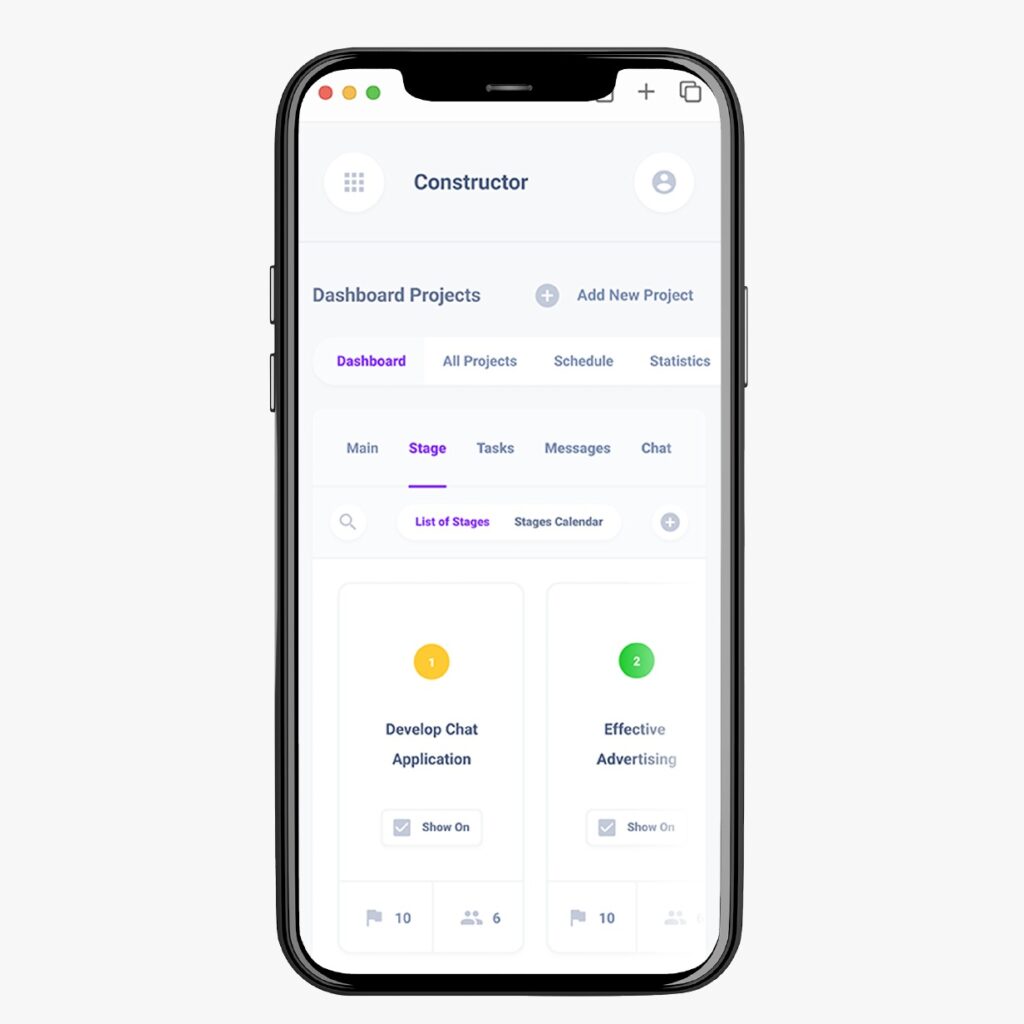
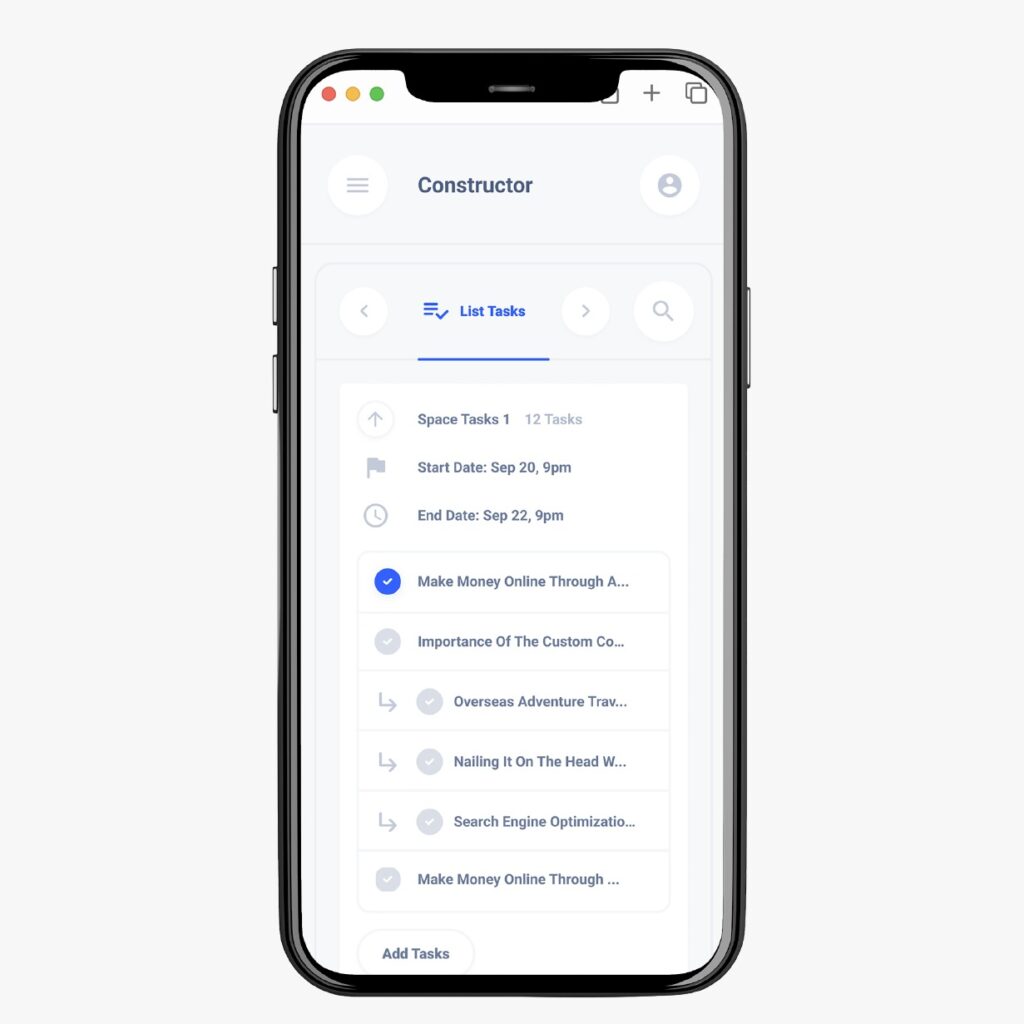
User Management
The Super Admin Panel allows the management of user accounts, including the ability to create, modify, and delete user profiles. It may also include features for user role assignment and permission settings.
Transaction Monitoring
The panel provides real-time monitoring and reporting of transactions. Super admins can view transaction details, including payment amounts, timestamps, and status.
Payment Gateway Configuration
Super administrators can arrange and deal with the installment entryways incorporated into the framework. They can empower or debilitate explicit installment strategies, set exchange restricts, and arrange money settings.
Security and Fraud Management
Super administrators can execute and change safety efforts to forestall false exercises and safeguard delicate client information.
Financial Reporting
The panel may offer comprehensive financial reporting and analytics, allowing super admins to analyze transaction trends, revenue, and other financial metrics.
Compliance and Regulatory Controls
Super administrators can arrange and deal with the installment doors coordinated into the framework. They can empower or impair explicit installment strategies, set exchange restricts, and arrange cash settings.
System Settings and Customization
The panel typically provides options for customizing the appearance, branding, and settings of the payment platform to align with the company's identity.
API Management
If the payment system offers APIs for integration with other services, the Super Admin Panel may include API management features, allowing super admins to monitor API usage and manage access.
Support and Customer Service
Super admins may have access to customer support tools and features to address any issues or inquiries related to the payment platform.
Notifications and Alerts
The panel can be equipped with features to set up notifications and alerts for critical events, such as high-value transactions or system issues.
Backup and Recovery
Super admins might have the ability to perform backups of the payment system's data and configure disaster recovery procedures.
Merchant Management
Super admins can manage merchant accounts, review applications, approve or reject new merchants, and monitor the performance of existing merchants.
It’s essential to take note of that the elements recorded above are general models and may not cover all potential functionalities accessible in a Super Administrator Board for an installment framework. Normal installment doors incorporate Stripe, PayPal, Braintree, and others.
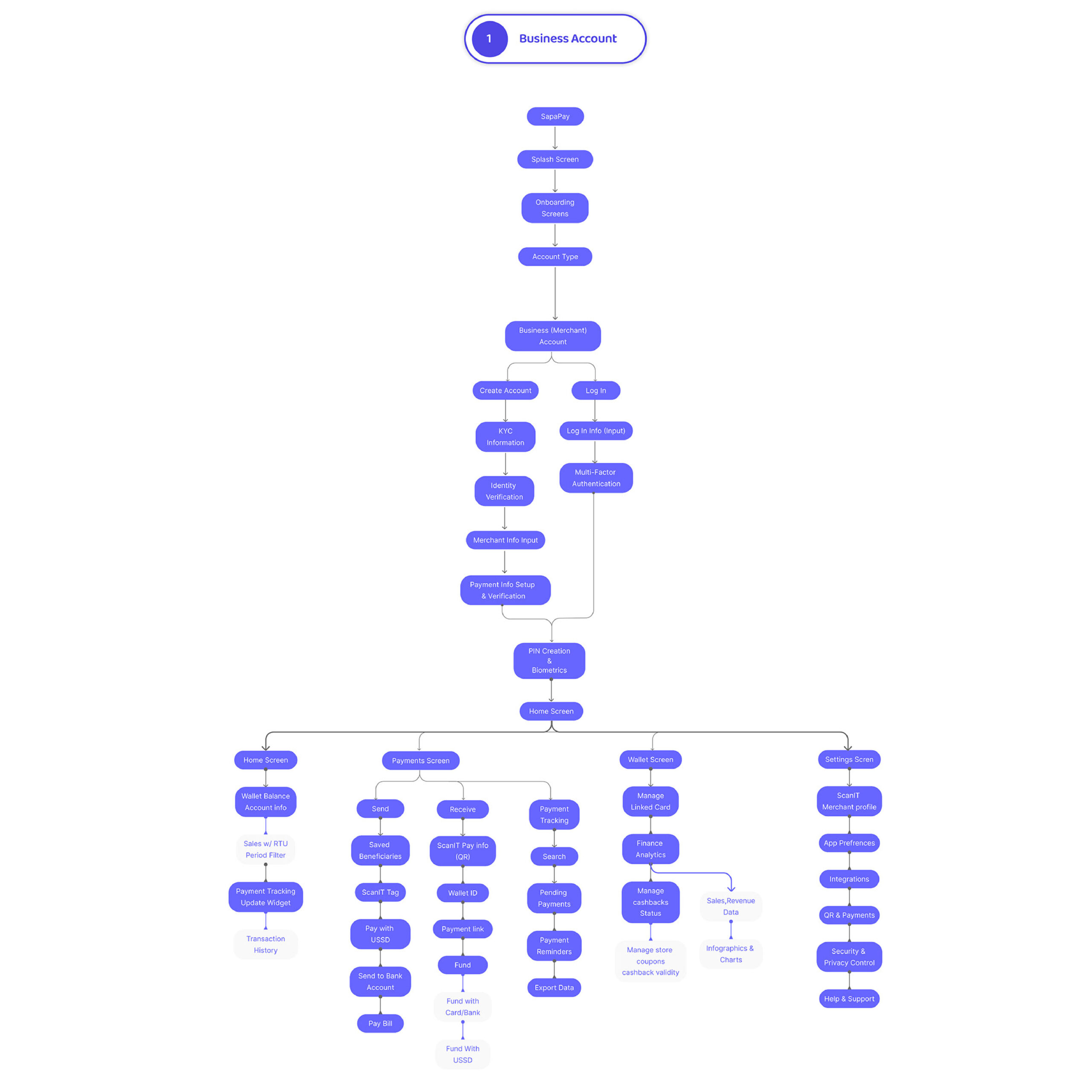
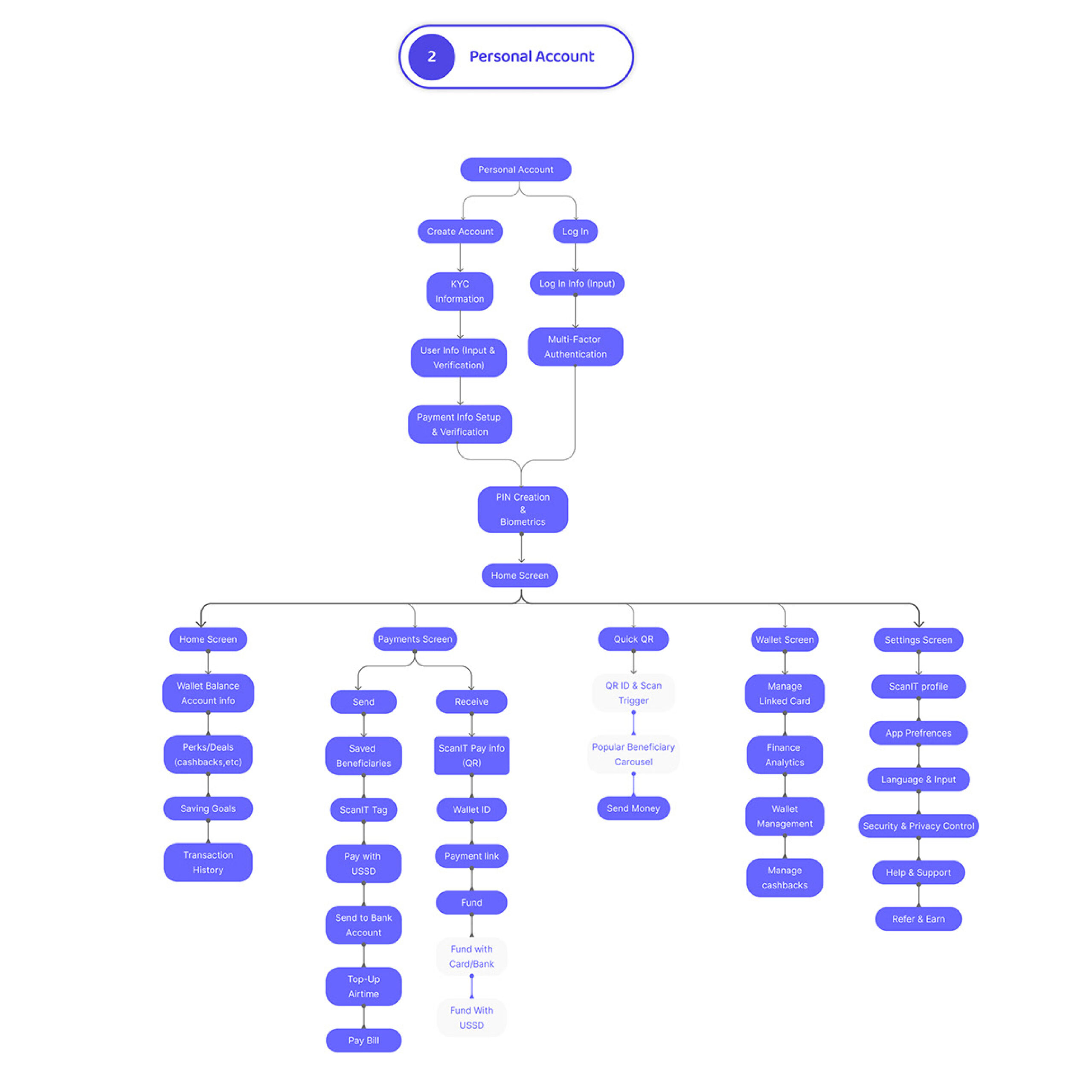
Tech stack used
The innovation and structure utilized for QR Pay frameworks can differ contingent upon the particular application, stage, or specialist co-op. Notwithstanding, I can specify a portion of the normal advancements and structures that are many times engaged with creating and carrying out QR Pay arrangements:
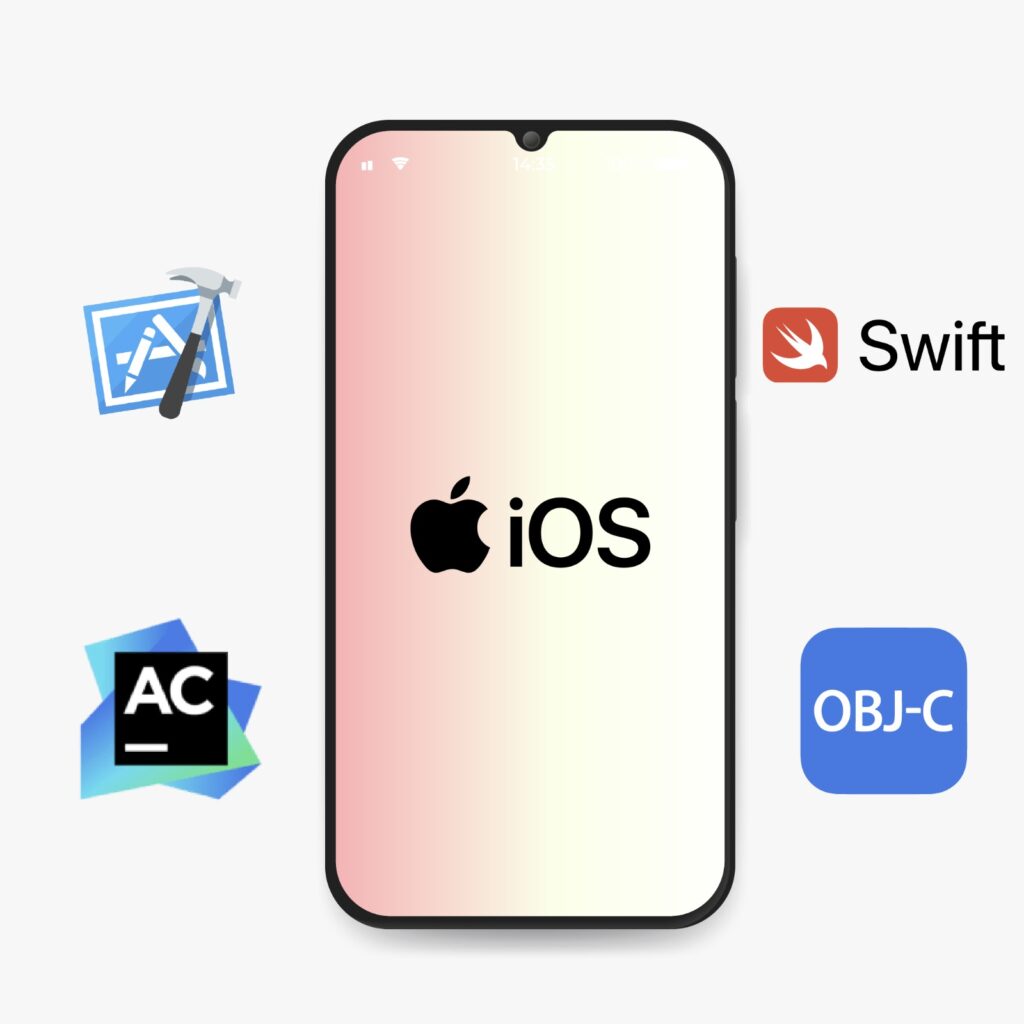
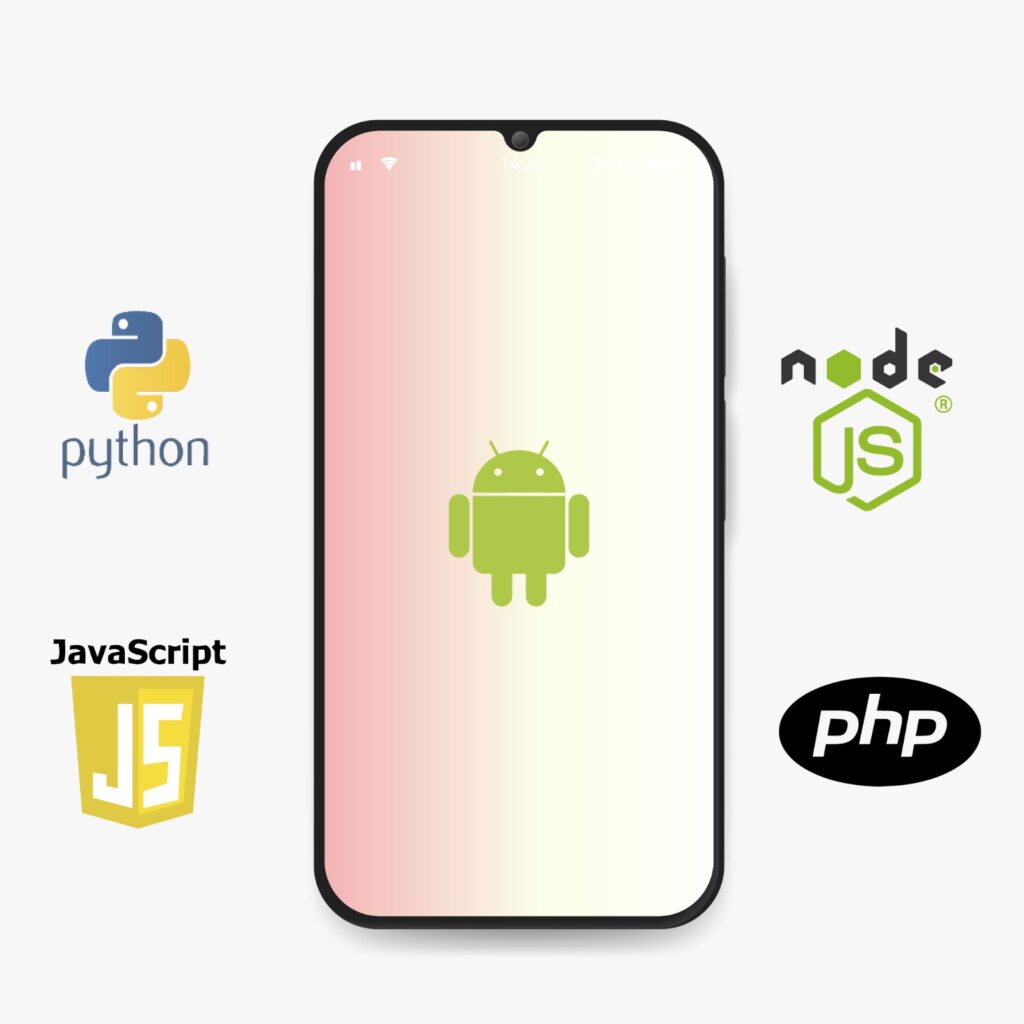
QR Code Generation
QR Pay frameworks commonly use libraries or APIs for producing QR codes powerfully. Well known libraries for creating QR codes incorporate ZXing (Zebra Crossing) and QrCode.Net.
Mobile App Development
For QR Pay portable applications, designers frequently utilize local application advancement systems like Quick for iOS or Java/Kotlin for Android.
Web Development
QR Pay web applications are much of the time constructed utilizing web advancement innovations like HTML, CSS, and JavaScript. For server-side turn of events, well known systems like Node.js, Django, or Laravel may be utilized.
Payment Gateway Integration
QR Pay frameworks as a rule incorporate with installment doors to handle exchanges. Installment door reconciliation is normally accomplished utilizing APIs given by the installment specialist co-ops. Normal installment passages incorporate Stripe, PayPal, Braintree, and others.
Backend Development
The backend process handles all of the processing transactions that includes- user accounts, and coordinating communication between the app and payment gateways.Backend development might involve technologies like Python, Ruby, Java, PHP, or Node.js.
Database Management
QR Pay frameworks expect data sets to store client data, exchange history, and other important information. The top one's ' are MySQL, PostgreSQL, MongoDB, or Firebase.
Security and Encryption
To ensure secure transactions, QR Pay systems employ encryption algorithms and security protocols. Technologies like SSL/TLS certificates and OAuth might be used to secure communications between the app and the backend servers.
Mobile Wallet Integration
QR Pay apps often integrate with mobile wallet services to enable users to link their bank accounts or credit/debit cards. This integration may involve SDKs provided by mobile wallet providers.
Cloud Services
Many QR Pay systems utilize cloud services like Amazon Web Services (AWS), Microsoft Azure, or Google Cloud Platform for hosting their backend infrastructure, ensuring scalability and reliability.
Analytics and Reporting
For tracking user behavior and transaction analytics, QR Pay systems might integrate with analytics tools like Google Analytics or custom analytics solutions.
Push Notifications
QR Pay apps often send push notifications to users. For this, services like Firebase Cloud Messaging (FCM) or Apple Push Notification Service (APNS) might be used.
Google Analytics
Firebase Cloud Messaging
The specific features and capabilities can vary based on the complexity and scope of the payment platform or service being managed
Unlock the Future of Payments with my QRPay Solutions.

"Simplify Your Classifieds Experience
With me you can altogether improve the quality, effectiveness, and progress of the application
Support Facility
The “Support Office” of a portion system, habitually suggested as client care or help center, is an indispensable perspective that gives assistance and resolves issues to clients and sellers utilizing the installment administration. A generous assistance office ensures a smooth and great client experience. The following are a couple of typical parts and features of the assistance office for portion systems:.
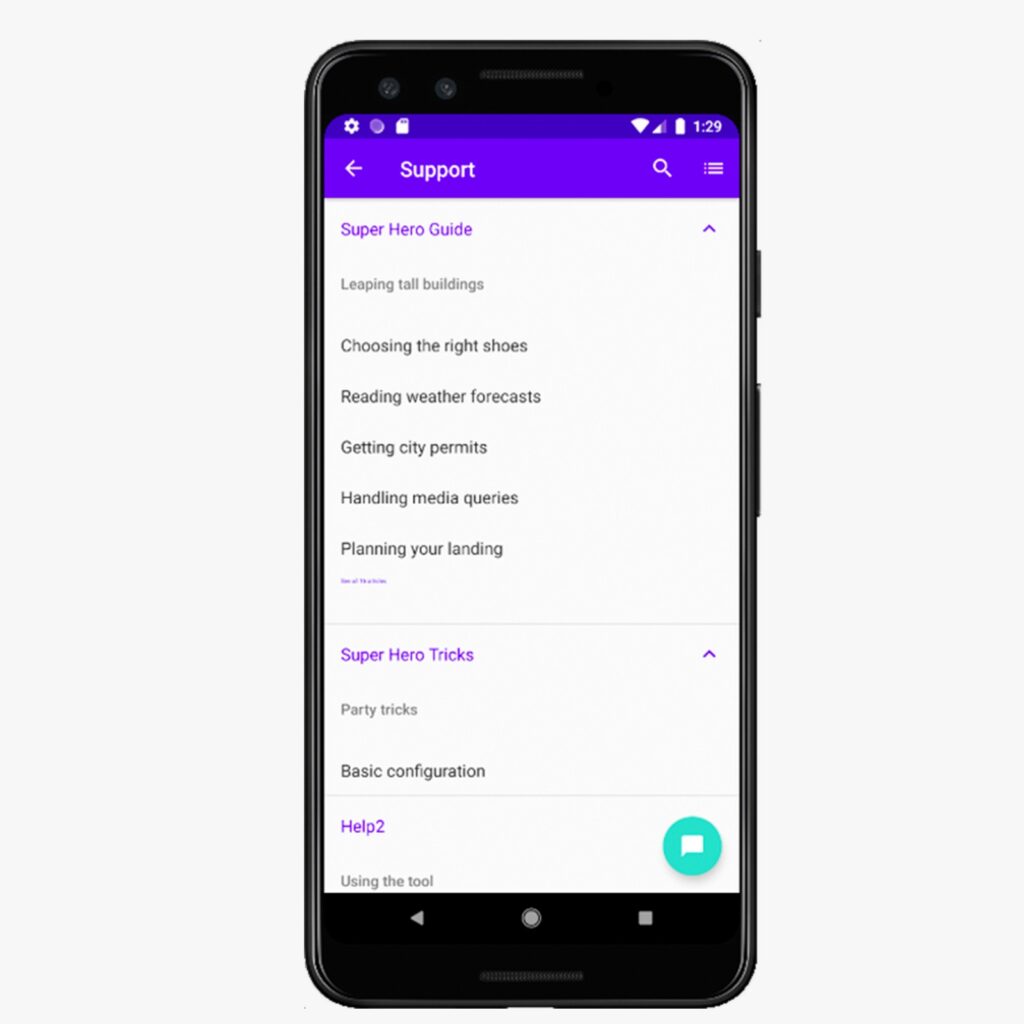
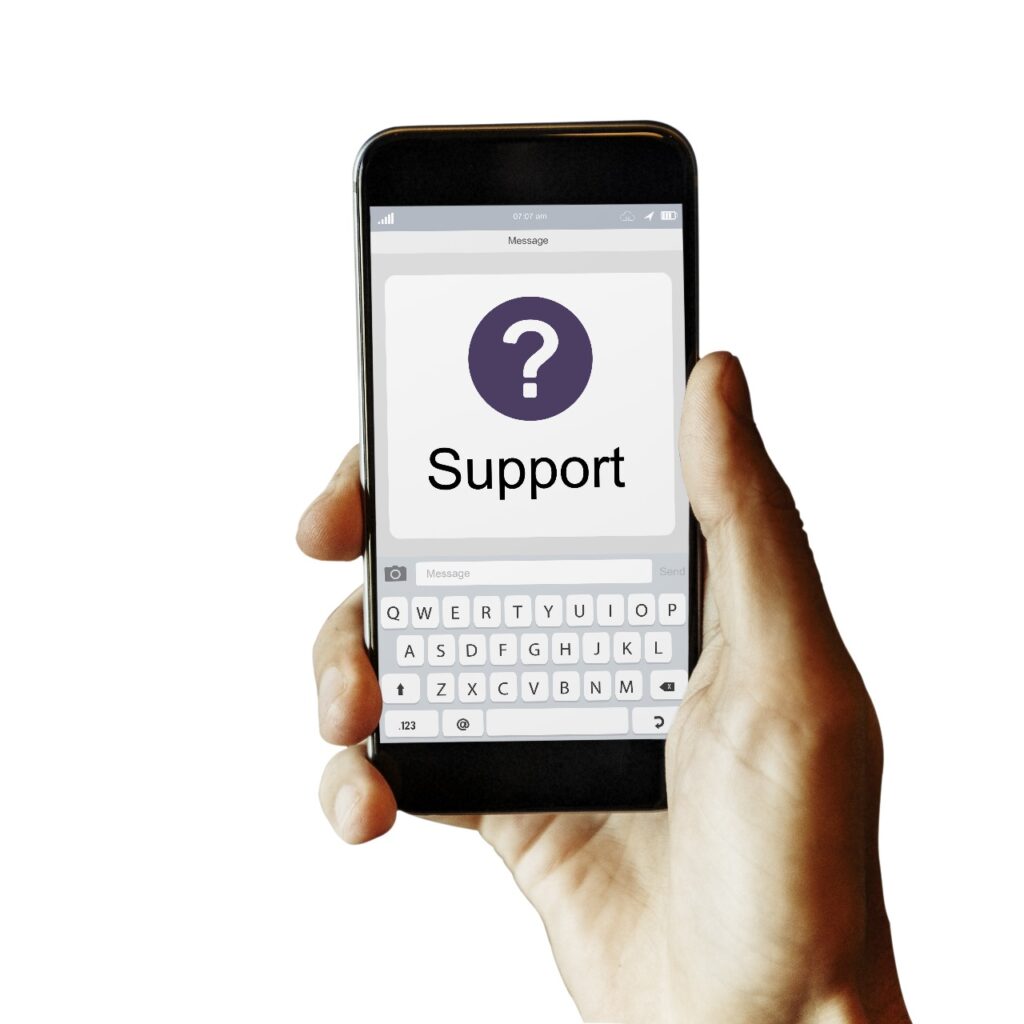
Customer Support Channels
A comprehensive support facility typically offers multiple channels for users and merchants to seek assistance. Common channels include email support, phone support, live chat, and in-app support.
Knowledge Base
A knowledge base is a collection of articles and resources that address frequently asked questions (FAQs), common issues, and step-by-step guides.It permits clients to find arrangements freely without expecting to contact support.
Ticketing System
A ticketing system is used to manage and track customer inquiries and support requests. At the point when a client or trader presents a solicitation, an interesting ticket is produced, and the help group can follow the advancement of each case.
Chatbot Integration
Some payment systems may incorporate chatbots to provide automated support and immediate responses to common queries.
24/7 Support
For global payment systems or services that operate in different time zones, round-the-clock customer support can be essential to address issues promptly.
Multilingual Support
A ticketing system is used to manage and track customer inquiries and support requests.At the point when a client or vendor presents a solicitation, an exceptional ticket is created, and the help group can follow the advancement of each case.
Overall, a strong support facility is essential for building trust with users and merchants, enhancing the overall user experience, and resolving any issues promptly, ensuring smooth and reliable payment transactions.
Boost Sales and Customer Convenience with QRPay
Revolutionize your payment experience
Experience the dramatic development with QRPay for secure and bother free installment and administrations.
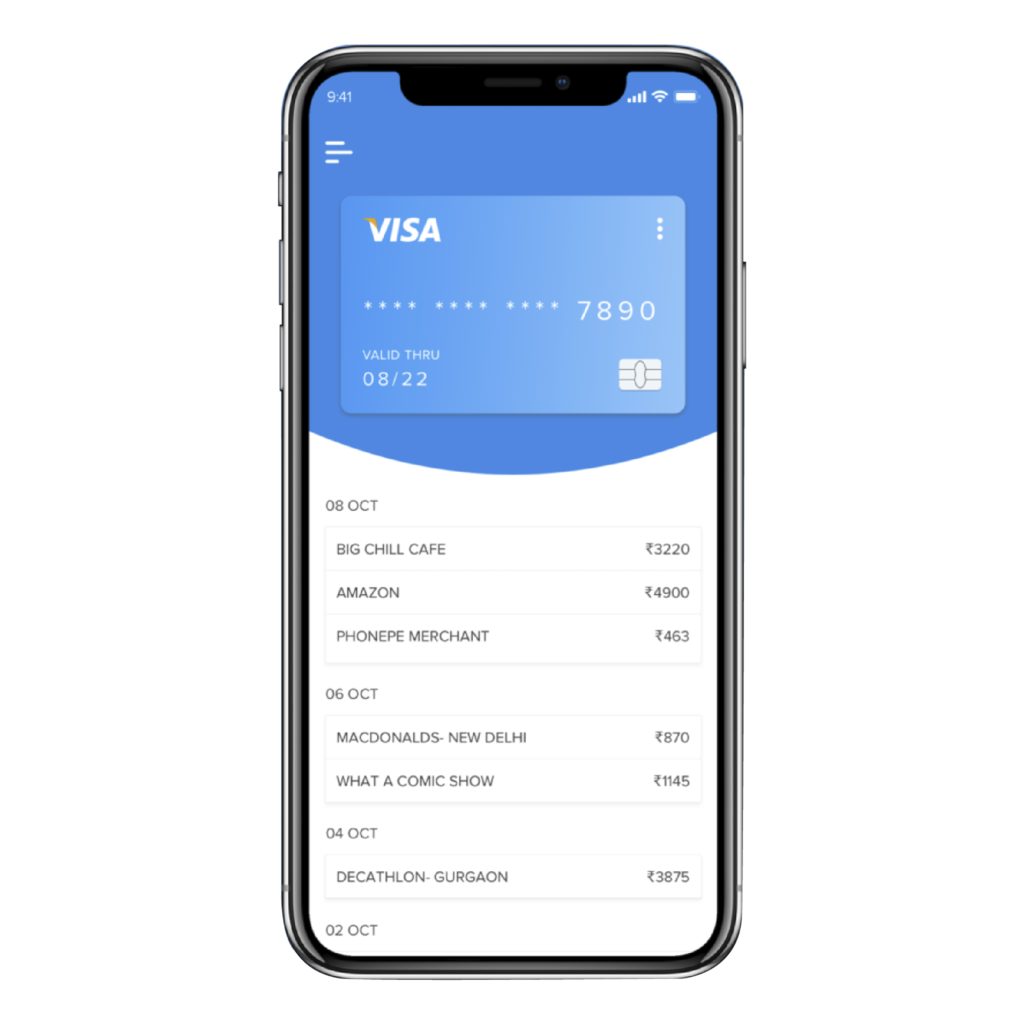
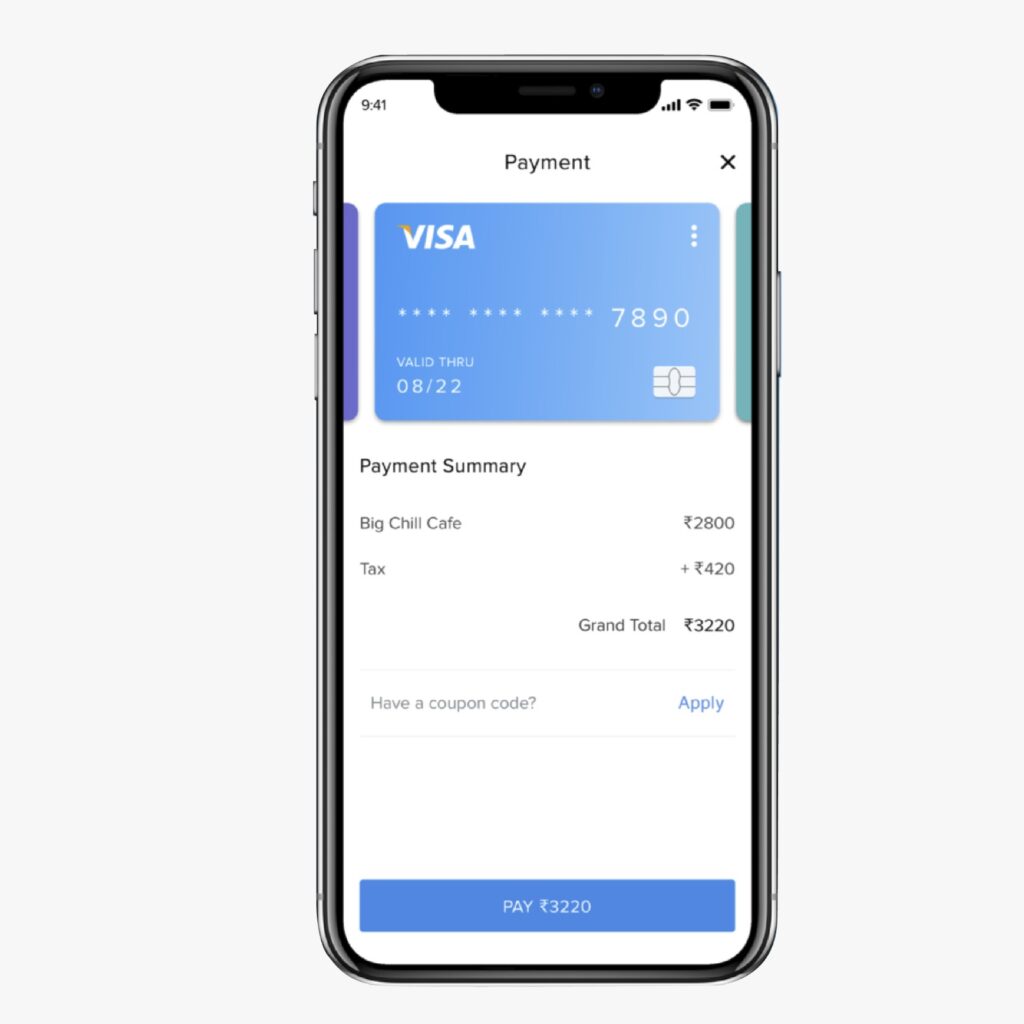
Multiple payment
With the advancement of QRPay, it becomes more straightforward for you to excel with simple and secure installment modes according to needs.
Merchant self service
It strengthens the entire merchant lifecycle with all in one platform with QR code generation, real-time payment tracking.
Omni channel
Accessibility of multi contact focuses for more extensive client reach. This helps to increase customer engagement.
Pay by account
Ensure merchant and also customer stickiness with the lowest fees. Instant settlement and even frictionless experience.
Why Choose me?
As an independent QR pay engineer, you can offer important types of assistance to organizations by assisting them with utilizing QR code innovation for different purposes, especially in installment and promoting methodologies. In the event that you are hoping to get everything rolling, contact me.
Secure and Reliable
In order to prevent an unapproved entry from being made into one's account, I have created an electronic wallet solution. Thus, using it is trustworthy, secure, and safe.
Safe Card Usage
To ensure that only appropriate card payments are accepted, my White Label e-Wallet solution uses Mastercard Protected Code and Visa Systems.
Two-factor Authentication
Your e-wallet account has a security measure called two-factor authentication that is designed to make sure that only you can access the account.
Your go-to solution for hassle-free and secure payments.
Develop a powerful feature-packed digital e-wallet application development
Frequently asked questions
QRPay is a payment system that uses QR codes for transactions. Users scan the merchant's QR code to make payments directly from their mobile wallets.
Virtually any product can benefit, but it's especially advantageous for retail, restaurants, online stores, and businesses looking to streamline transactions.
QRPay simplifies the payment process, reduces cash handling, and offers customers a convenient way to make purchases, enhancing their overall experience.
Yes, QRPay apps employ robust security measures like encryption and authentication to protect both customer and merchant data.
QRPay is faster, more convenient, and reduces the need for physical cash or cards, making it a preferred choice for many customers.
Absolutely! You can incentivize customers with discounts, cashback, or loyalty points to encourage repeat purchases.
Yes, customers need a QRPay-enabled app, but most smartphones come with built-in QR code scanners.
Yes, QRPay wallet development focuses heavily on security. Industry-standard encryption protocols and security measures are implemented to protect user data and financial information. Biometric authentication methods like fingerprint and facial recognition can also be integrated for added security.
A custom QRPay wallet app can include features such as QR code scanning for payments, transaction history tracking, multiple payment method support, loyalty programs, user profiles, bill splitting, and integration with other services like ride-sharing or food delivery.
The development timeline and cost of a QRPay wallet app can vary significantly depending on its complexity and features. A basic wallet app might take a few months, while a more advanced one could take longer. Costs also vary, but it's essential to discuss your project's specific requirements with me to get started easily and help your business grow.
QRPay is faster, more convenient, and reduces the need for physical cash or cards, making it a preferred choice for many customers.
Yes, QRPay systems often provide detailed transaction histories and customer insights, helping you make informed business decisions.
Yes, customers need a QRPay-enabled app, but most smartphones come with built-in QR code scanners.
The timeline varies based on complexity, but skilled developers can typically integrate QRPay in a matter of weeks to a few months.
Yes, QRPay is versatile and can be used for both physical and online product transactions.
Yes, QRPay is versatile and can be used for both physical and online product transactions.
Yes, QRPay is versatile and can be used for both physical and online product transactions.
Yes, many QRPay systems support international transactions, making it suitable for businesses with a global customer base.
QRPay can often offer lower transaction fees compared to traditional payment methods, helping you save on processing costs.
You can promote it through your website, social media, in-store signage, and by offering exclusive QRPay discounts.
Costs vary based on project complexity, but the benefits often outweigh the development expenses in terms of increased sales and efficiency.
Yes, QRPay enables faster payments, reducing the time between sales and the availability of funds.
Regular updates and security maintenance are necessary, but your development team can handle these tasks efficiently.
Regular updates and security maintenance are necessary, but your development team can handle these tasks efficiently.
The biggest benefit is the enhanced customer experience, offering convenience, speed, and security, ultimately driving more sales and loyalty.
Contact Me
Have a project in mind? Let’s collaborate for unique solutions

